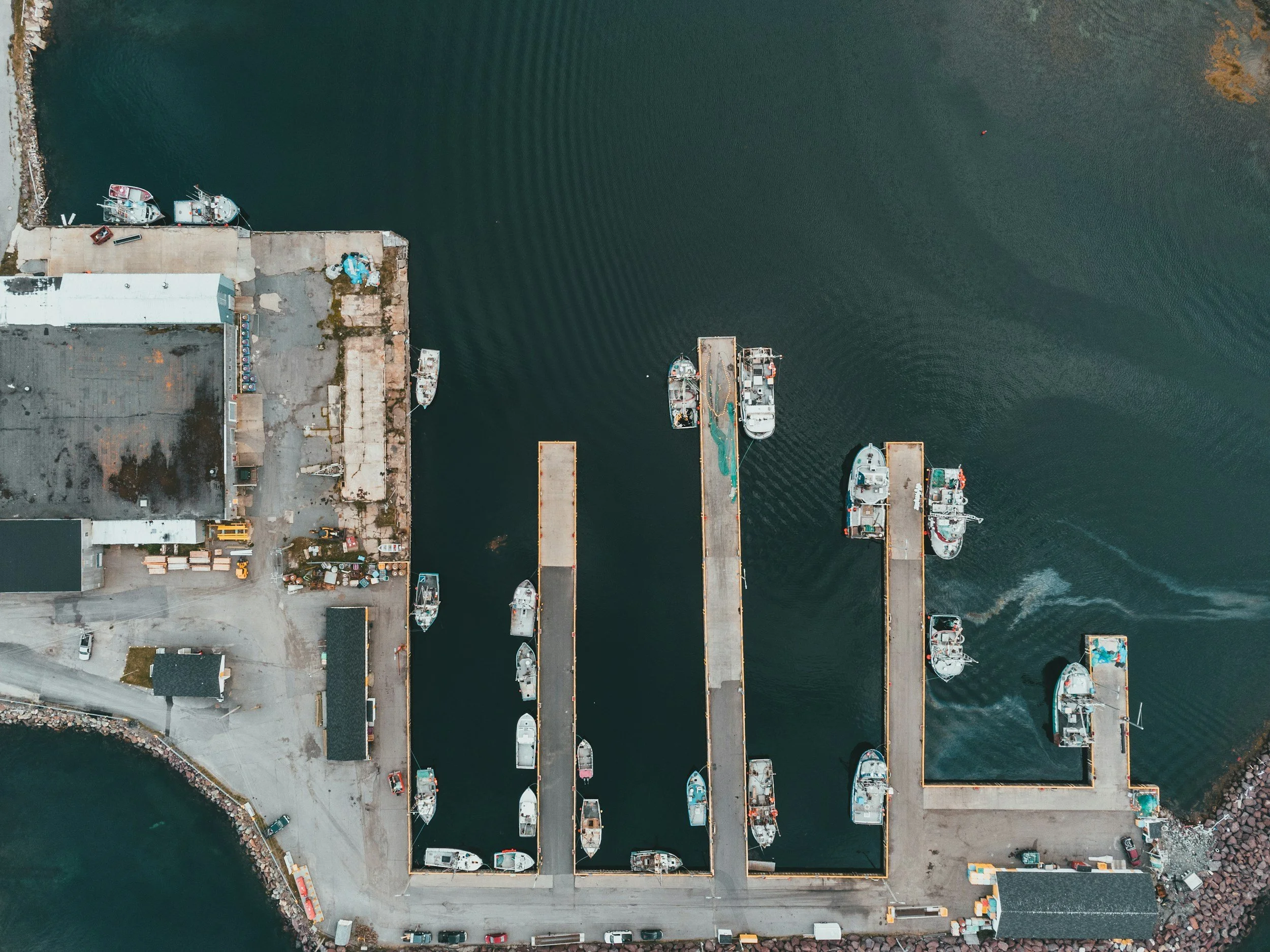
Coastal Asset Inspection
INTRODUCTION
OMCN is at the forefront of port and harbour inspections, leveraging drone technology and advanced 3D mapping to deliver high-precision, efficient, and cost-effective assessments. Our innovative approach supports proactive maintenance strategies and extends the service life of your critical maritime assets.
OMCN has extensive experience undertaking condition assessments of:
Seawalls
Revetments
Jetties
Breakwaters
WHAT DOES A COASTAL ASSET INSPECTION TYPICALLY INVOLVE?
PORT AND HARBOUR MAINTENANCE DESIGN
Drawing on our comprehensive condition inspections, we develop targeted solutions for the maintenance, repair, and enhancement of port and harbour infrastructure—ensuring performance, longevity, and compliance. Our experienced coastal engineering team delivers timely, cost-effective designs to manage organizational risk and ensure optimal performance.
PORT AND HARBOUR ASSET MONITORING
Harness the power of drone technology and advanced 3D mapping to monitor port and harbour assets—enabling early damage detection and ensuring the continued safety and efficiency of your infrastructure.
Best Practice Rock Structure Assessment Methodology
At OMCN, we created a bespoke and best practice condition assessment methodology for coastal protection structures, which is based on leading research completed by the United States Army Corps of Engineers. We employ drone technology to quantify damage with precision, focusing on six critical parameters and defect components detailed below.
Crest Damage and Displacement:
Crest reduction and displacement cause displacement of crest units and/or settlement of the structure. Crest defects result in overtopping and damage to the crest of the structure.
Slope Damage:
Armour loss or settlement underneath the structure can lead to significant changes to the slope or angle of the structure. This can have major implications for the structure's stability.
Loss of Armour Interlocking:
Armour interlocking is a key component of structure stability and loss of interlocking due to weathering or poor placement can significantly alter the structure's stability.
Armour Quality Defects:
Depending on the type of armour used, there can be many different defects which could result in loss of structural stability. Possible defects include fracturing, cracking, or smoothing of armour units.
Armour Displacement:
Storm events can dislodge armour units and move them down the structure profile. This can create localised weak points and potential exposure of the core layer.
Core Effects:
Issues with the armour layer can lead to exposure and removal of the core layer. Core loss can result in rapid disintegration and critical damage to a structure.
Want to learn more about coastal asset inspection services??
“Effective management of coastal infrastructure relies on a deep understanding of asset conditions and environmental influences.”
— Australian Government, Department of Climate Change, Energy, the Environment and Water








